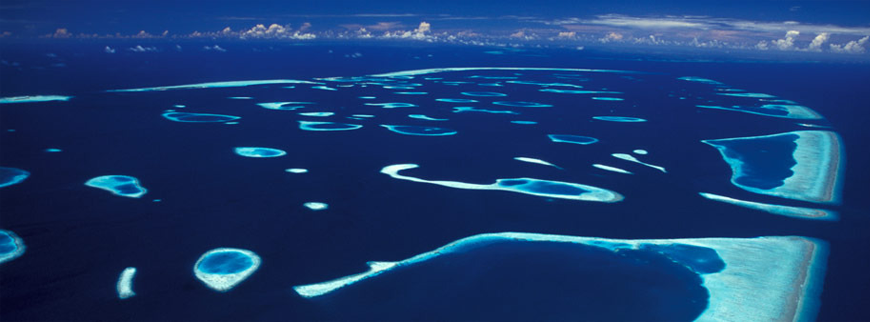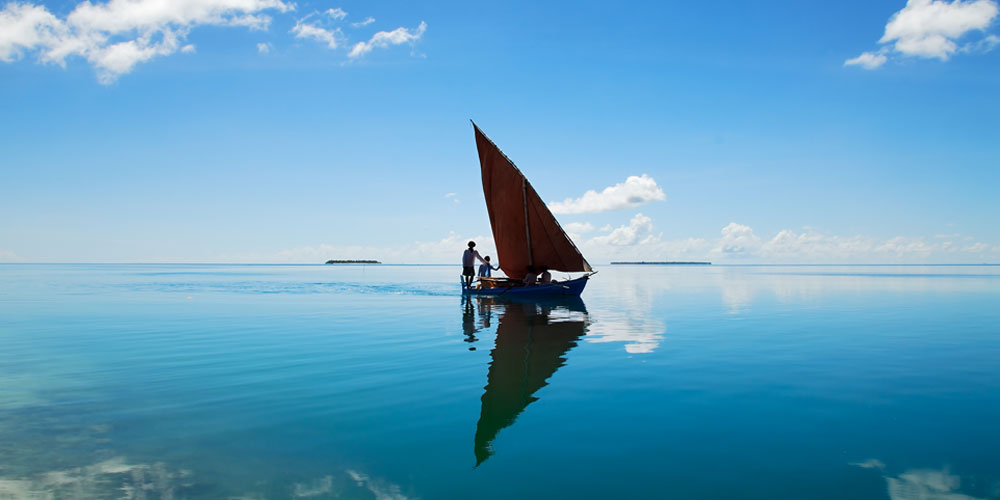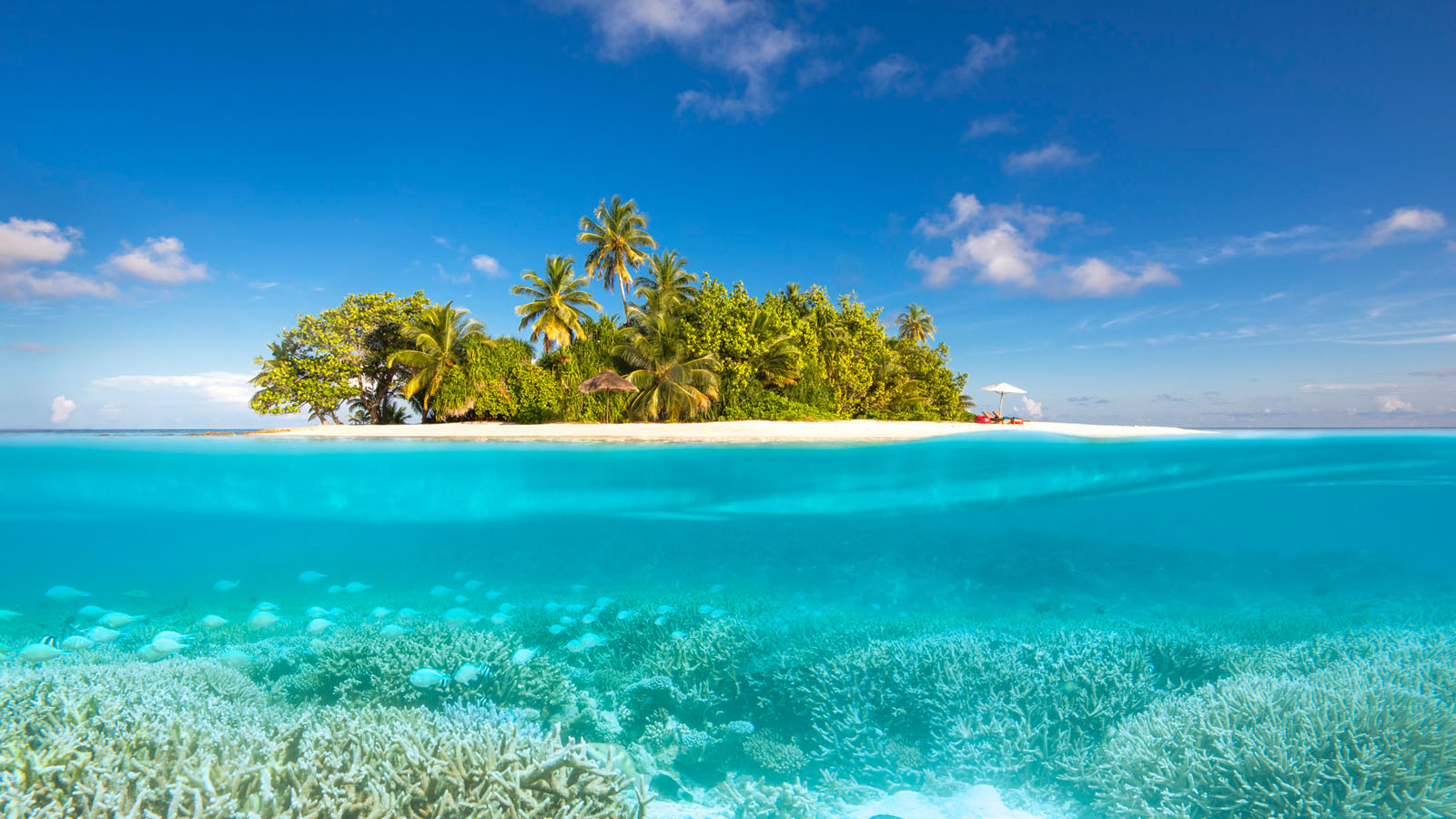
About
The islands of Maldives persuade tourists with promises of 'the last paradise on earth', and if your idea of paradise is white sand beaches with turquoise waters glistening, tropical gardens exploding in beautiful color and picture perfect sunsets igniting the sky, then the Maldives will never let you down. It's also a major destination for scuba divers, who come for the magnificent coral reefs and the wealth of marine life.
Ptolemy, the Greek geographer describes the Maldives as a multitude of islands. Ancient Chinese navigators, referring to the maze of lagoons and reefs that require great care in navigation, knew it as the Three Thousand Weak Waters. Marco Polo, the Venetian traveler, found the islands to be "the flower of the Indies". For IbnBatuta, who travelled extensively during the 14th century and actually lived on the islands, the Maldives was "one of the wonders of the world".
It is believed that these unique coral atolls were formed about 65 to 200 million years ago from the crust of a deceased volcanic mountain range. The atolls (the word atoll was adapted to English from its Maldivian origin "atholhu") are formed from coral barrier reefs. The part of the reefs which protrude from the sea form into islands, as destroyed coral parts gather thus giving them the attribute of white sandy beaches. Having being protected by the reefs, the lagoons are calm and crystal-clear with abundant species of fish and coral.

Maldivian Culture
The islands of Maldives appear in-between the trading route of the Indian Ocean. Thus settlers, and visitors from neighbouring regions and around the world have come in contact with the islands for as long as history has been recorded. Such is the to-and-fro flow of people and their cultures, that a marked effect has been left in the Maldivian people, the language, beliefs, arts, and attitudes.
The looks of the Maldivian people may differ from one atoll to the other, attributing to the genes passed on by South and Southeast Asians, Africans, and Arabians. The language, Dhivehi, differs in dialect in some regions in the south of Maldives, possibly due to the secluded nature and subsistent ways of island life. Maldivian beliefs have been very much based around religion and superstition, often used together in matters of significance but given separate positions in society. In matters of faith, Islam dominates, but influence of the supernatural still continues to play a major role in most island communities, possibly giving credit to the folklores and Buddhist traditions of the islands' first settlers before conversion to Islam in 1153 AD.
The mixing of cultures is very much seen in Maldivian arts. The music played with the local bodu-beru (big-drum) resemble that of African drumming. The dhoni (a unique Maldivian sailboat) is an art form itself built with skilled craftsmanship, with significant similarities to the Arabian dows. The fine artistry of Maldivians, seen in the intricate details on wooden beams in antique mosques, represents what we have gained from Southeast Asian architecture. Then there is the undefined: the distinct geometric designs used in mats woven from local materials, the embroidered neckline of women's traditional dresses and their ornaments too, expose another story brought in from an unknown culture that has seeped in to Maldivian society.
Maldivians are quite open to adaptation and are generally welcoming to outside inspiration. The culture has always continued to evolve with the times. Locals still eat fish and fishermen still spend days out at sea, but tourism now takes a standing prominence. Most Maldivians still want to believe in upholding unity and oneness in faith, but recent waves of reform in the country have created a whole new culture of new ideas and attitudes. The effects of the modern world are now embraced, while still striving to uphold the people's identity, traditions and beliefs.

Climate / Weather
The weather in the Maldives is usually picture perfect: sunlit days, breezy nights, balmy mornings, and iridescent sunsets. The temperature hardly ever changes - which makes packing for your holiday an easy task (see what to pack). With the average temperature at about 30 degrees Celsius throughout the year, the sun is a constant on most days, shining through treetops, creating lacy patterns on your feet, healing cold-bones with its warmth. Throughout the day, the sun will make itself known, ensuring that it will be remembered and missed, like an old friend, as you pack up your suitcases to leave.
Maldives has two distinct seasons; dry season (northeast monsoon) and wet season (southwest monsoon), with the former extending from January to March and the latter from mid-May to November.
The rare thunderstorm in the Maldives (especially around the southwest monsoon months) can be a welcome respite from the sun. Cloudy skies and slate grey seas, and crashing thunder makes up for lovely reading weather. The warm temperatures will allow you to go for a walk in the rain, a verdant, wet, thoroughly enjoyable experience. For extra exhilaration, take a swim in the rain - the sea will be extra warm.
For more information about weather in the Maldives: www.meteorogoly.gov.mv
